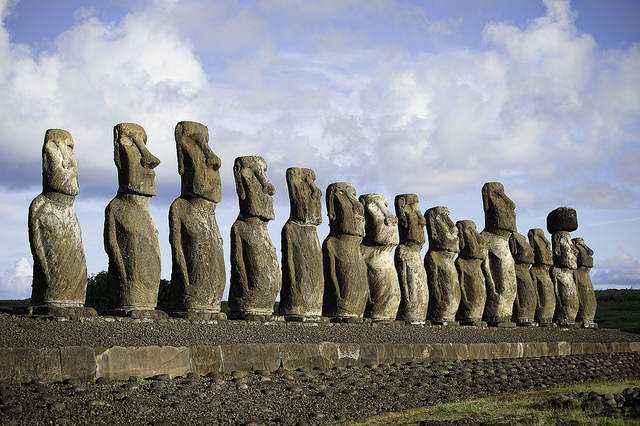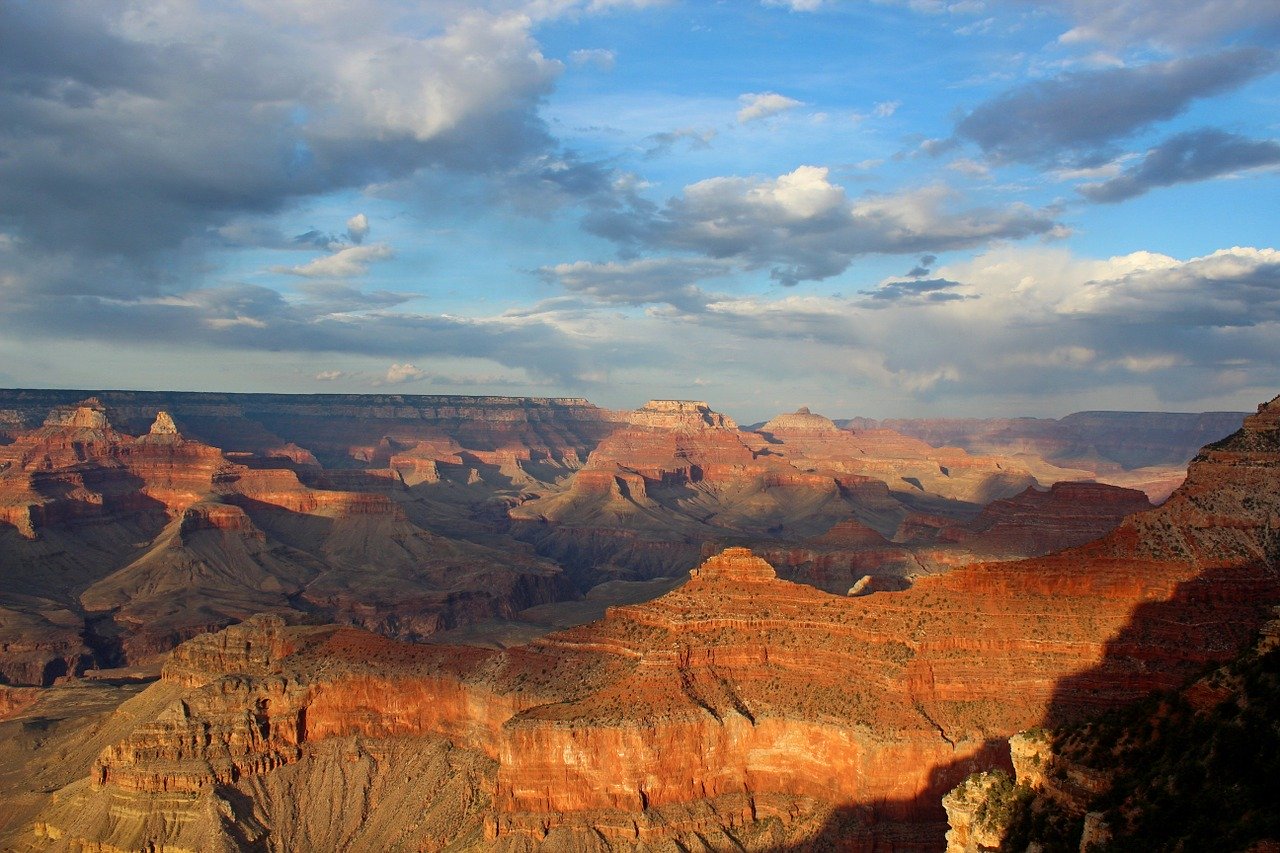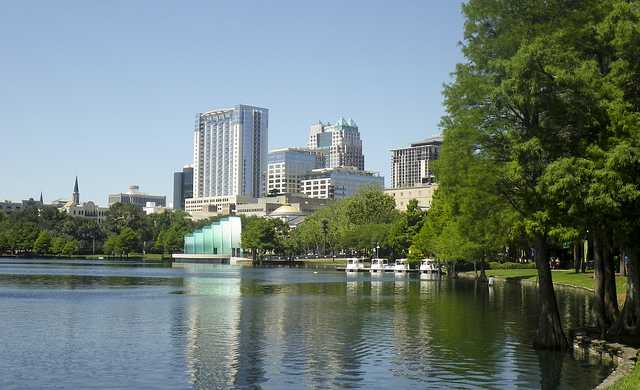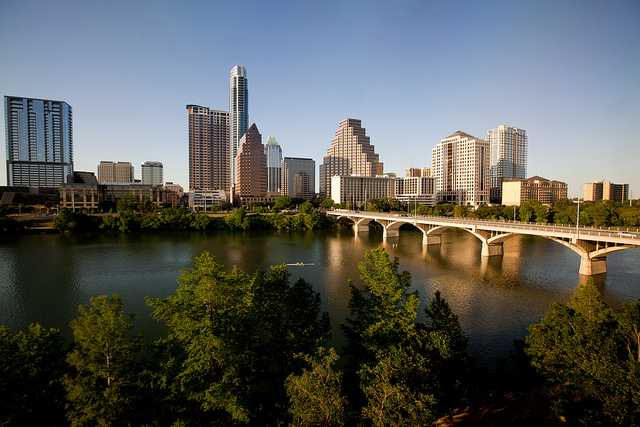
On Easter Sunday in 1722, the Dutch Admiral Jacob Roggeveen landed on a grass covered island in the South Pacific . He named it Easter Island and found it very strange.
This island is placed 1,500 kilometers away from the nearest village, and it inhabited more than 2,000 indigenous people, dark-skinned Polynesians. However, the strangest thing was what he saw on the island.
All along the coast he encountered a large stone heads and long faces with extremely large and long ears. Some heads have hands, and other hats made of red lava. Roggeveen soon discovered that these images do not appear only along the coast, but are scattered all over the island. Many still unfinished statues were in quarries where they were carved.
Primitive people around the world have different ways of artistic expression, which are usually closely related to their religion, but some things like these statues have never and nowhere to be found! It is true, however, that these statues for us still remain secret. How are these great figures, some as heavy as 50 tons, brought from quarries and placed where they are? What are the means of transportation that primitive man used for their transport?
Nobody knows! It is believed that the statues were probably associated with primitive religious rites and burial customs of these people. Many statues were deliberately broken during the indigenous wars on the island in the 18th century and later. However, even the natives who now live on Easter Island cannot explain what they mean!
Today, Easter Island is a part of the Chile. Except for a small portion of what is available to natives, throughout the island pastures. The island is about 20 kilometers long and 10 kilometers wide.



